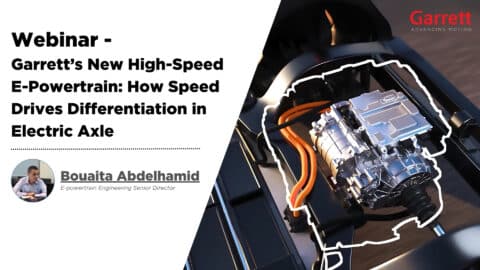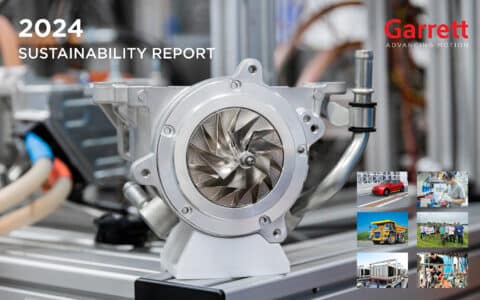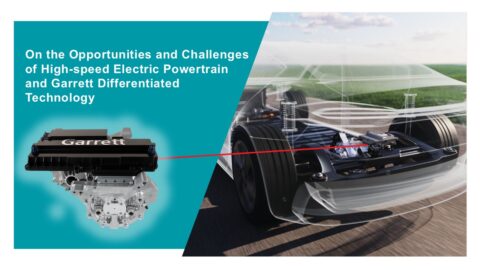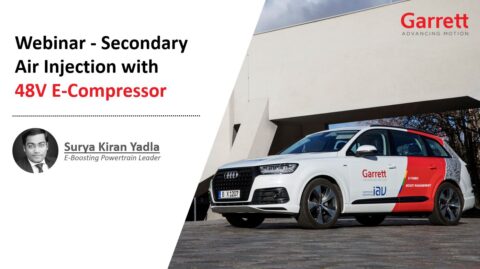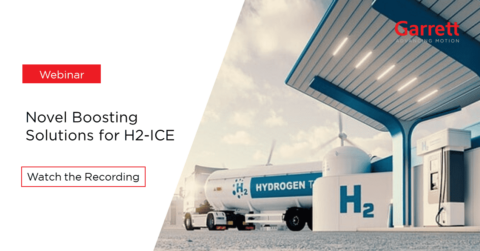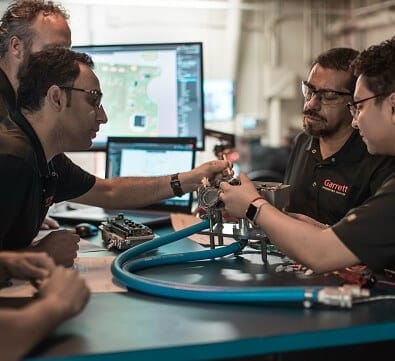Webinar: Garrett’s New High-Speed E-Powertrain: How Speed Drives Differentiation in Electric Axle
Garrett Motion is advancing electric mobility with a new high-power density E-Powertrain concept—integrating an inverter, electric motor, and reducer into a compact, high-performance system.
Leveraging advanced high-speed motor technology, Garrett has developed a scalable E-Powertrain portfolio featuring high-speed electric motors capable of operating at over 30,000 rpm—enabling greater flexibility and performance across a wide range of electric vehicle platforms.
How can high-speed technology reshape the way we think about electric propulsion?
Key topics and takeaways:
Discover Garrett’s new high-power density E-Powertrain, designed to be up to 40% smaller and lighter for cutting-edge performance.
Learn how our technology leads to superior performance, efficiency and noise, vibration, harshness (NVH) behaviour. All without compromising durability.
Reduce environmental impact with Garrett’s innovative design, cutting critical material use by up to 50% and significantly lowering system carbon footprint.
Unlock high-speed benefits for all types of electric vehicles with Garrett’s scalable and versatile technologies.
